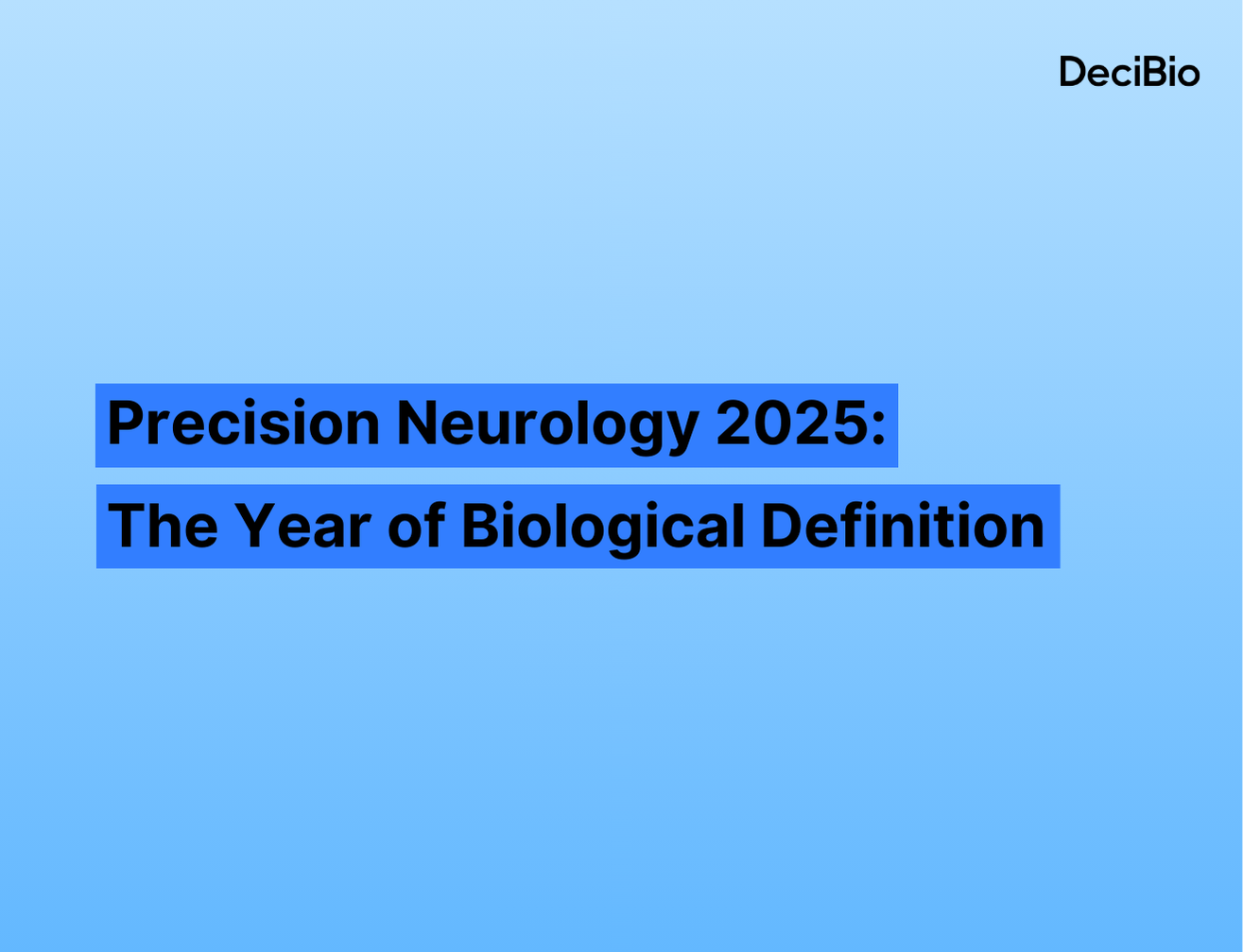Over the past several months, we spoke to experts across the precision medicine landscape to understand some of the key changes and most impactful scenarios they expect in this space. We shared the following ‘subway map’ to help pinpoint exactly where these changes would occur and determine which stakeholders would both drive and be impacted by the evolving landscape. These findings were recently shared at the Companion Diagnostics Forum, and the following is a deeper dive into some of our top findings.

Figure 1 – Map of the precision medicine landscape used to guide stakeholder discussions around unmet needs and expected changesWe spoke with stakeholders familiar with each of the 4 ‘verticals’ of this map (Dx Development, Tx Development, Clinical / Patient Perspective, RWD / Health AI); the following includes several of the key changes and scenarios we may see in the Dx development space over the next 5-10 years as outlined by these experts.
Diagnostic Improvements
The top overarching thematic change stakeholders expect to see around diagnostics is ‘technical improvements’, under which there were two main subtopics that emerged as key drivers to these advancements:
- Early/pre-cancer screening is expected to improve and become more widely adopted and
- Large panel testing / WES will likely see expanded use in guiding clinical decision making. We mapped directionally mapped these changes regarding how they may impact different stakeholders.
Scenario Subtopic 1 - Expansion of Screening & Early Detection

Figure 2 – Potential evolutionary staging of events and key stakeholder impacts assuming broadly expanded use of cancer-screening / early detectionKey Stakeholder Impacts
- Pharmaceutical / Therapeutic Developers – As cancer continues to be caught earlier, this may in fact shrink the overall metastatic cancer population that enters the clinical system; localized chemo-therapy / surgical resection could see enhanced relative efficacy and expanded use
- Further into the future (and with less certainty), this decrease in the incident metastatic cancer population could lead to shift in funding away from new metastatic cancer therapies, with investment instead focusing on personalized treatments for localized disease with fewer side effects and more durable effects
- Diagnostic Developers – In the face of a declining metastatic cancer population, companion diagnostics (CDx) as we know them may experience pressure as tests for stage IV disease see declined use; test developers may find new opportunities in tests that complement routine screening, such as recurrence monitoring, or site of origin detection
- Payors – With greater availability of advanced screening technologies and the potential for improved screening adherence, payors may face increased expenses as they not only cover the cost of routine testing, but overall patient survivorship increases as well, changing discussions around cancer to view it as a chronic illness that will be addressed over the course of the patient’s life as opposed to an acute disease with a <5 year prognosis
- Patients – While patients have an immense amount to gain through the expansion and improvement of screening technologies, they are also vulnerable to the risks of overdiagnosis, which could lead to costly and harmful testing if; specificity limitations in current screening technologies are a key hurdle to overcoming this
Scenario Subtopic 2 – Increase Adoption of Large Panel Testing

Figure 3 – Potential evolutionary staging of events and key stakeholder impacts assuming broadly expanded use of large panel molecular diagnostic testsKey Stakeholder Impacts
- Pathologists / Hospital Path. Departments – If large panel testing (i.e. comprehensive genomic profiling, WES) becomes a routine part of cancer patient workup, this would dramatically raise the bar for platform, bioinformatics, and training requirements necessary to support these tests
- Testing would likely centralize to reference labs (i.e. FMI, MSKCC), as they move out of community hospital core pathology labs
- Patients – The amount of data generated from a single large panel test could inform multiple lines of treatment, helping patients and clinicians understand options for multiple lines of therapy without the need for retesting following treatment failure or disease progression
- Diagnostic Developers – As validated platforms are continuously able to answer broader questions without the need for follow-on testing, refinements to workflow, batching, and turnaround time may become top priority for test developers rather than new panel validation
- More distantly in the future, it is possible that WES / WTS will be highly refined and there is less need for new advancements in test hardware or chemistry; new diagnostic development could be based on algorithm refinement guided by RWD / Health AI
- Pharmaceutical / Therapeutic Developers – As physicians / patients gain more data on actionable mutations, this could drive increased use of driver mutation-targeted therapies; a trend towards pan-tumor therapeutic approvals (i.e. NTRK, MSI) will be a key driver here If the historical trend of rising drug prices continues and more approvals are contingent on CDx’s, pharmaceutical companies may decide to underwrite the cost of testing to ease access to therapies
Key Considerations for Precision Medicine Developers
From the above scenarios of increased screening and expanded us of large panel testing, there are several key takeaways with implications for all players in the precision medicine space:
- Shift Towards Earlier Stage Disease – As cancer is increasingly detected and treated at earlier stages, be prepared to manage healthier patients in community settings with localized rather than systemic interventions
- Pricing for Long-Term vs Acute Cancer Care –Treatment may become episodic vs acute; adverse events less acceptable, and value-based care will be key
- Testing Centralization – Technical / bioinformatics requirements of future tests may consolidate future testing to centralized reference labs; rapid turnaround time and actionable reports will be crucial to capturing community hospital markets
Enjoy this report? Check out our previous post outlining key painpoints / unmet needs in the precision oncology landscape today






